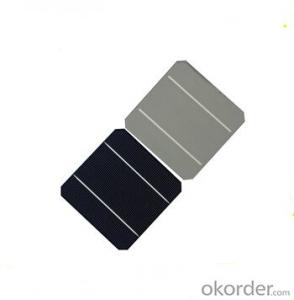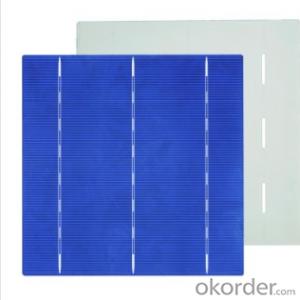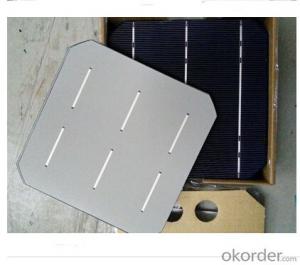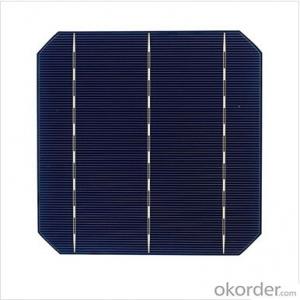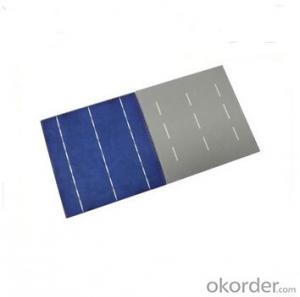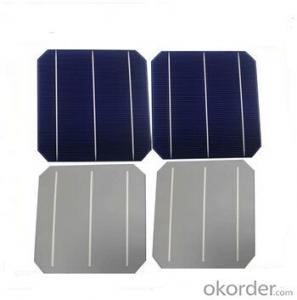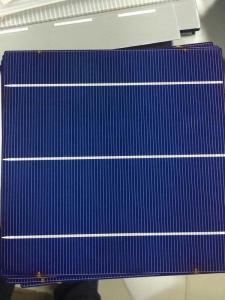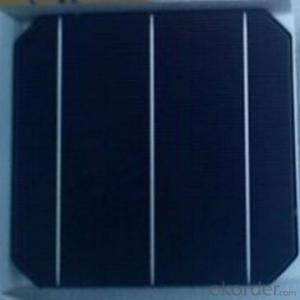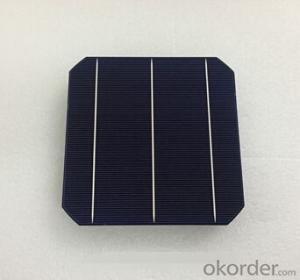Blemished Solar Cells
Blemished Solar Cells Related Searches
Except For Solar Cells Weegy Problems With Solar Cells High Power Solar Cells Light Trapping In Solar Cells High Performance Solar Cells High Output Solar Cells High Wattage Solar Cells Energy Transfer In Solar Cells High Efficiency Hvac Systems Recombination In Solar CellsHot Searches
Cheap Solar Cells For Sale Flexible Solar Cells For Sale Q Cells Solar Panels For Sale Printed Solar Cells For Sale Bulk Solar Cells For Sale 6x6 Solar Cells For Sale Broken Solar Cells For Sale Cpv Solar Cells For Sale Photoelectric Cells For Sale Price Of Silicon Solar Cells Price Of Solar Cells Over Time Buy Solar Cells From China Cheap Solar Cells China Best Type Of Solar Cells Flexible Solar Cells Price Q Cells Solar Panels Price 3 Types Of Solar Cells Production Of Solar Cells Common Types Of Solar Cells Q Cells Solar Panel PricesBlemished Solar Cells Supplier & Manufacturer from China
Okorder.com is a professional Blemished Solar Cells supplier & manufacturer, offers integrated one-stop services including real-time quoting and online cargo tracking. We are funded by CNBM Group, a Fortune 500 enterprise and the largest Blemished Solar Cells firm in China.Hot Products
FAQ
- Can anybody tell me how to make a solar cell at home?
- First of all, you need to be sure what you want to do with the solar cell. Do you want to generate electricity or hot water?
- Bird droppings can have a significant negative impact on solar cell efficiency. The droppings can create a layer of dirt and debris that blocks sunlight from reaching the solar cells, thereby reducing their ability to convert sunlight into electricity. This decrease in efficiency can lead to a decrease in overall power output, requiring more frequent cleaning and maintenance to ensure optimal performance of the solar panels.
- Solar cells are not affected by electromagnetic fields from power lines as they are designed to convert sunlight into electricity and not sensitive to the electromagnetic fields generated by power lines.
- The amount of electricity a solar cell can generate depends on various factors including the size and efficiency of the cell, the intensity of sunlight, and the duration of exposure. On average, a typical solar cell can generate around 200 to 400 watts of electricity per square meter under optimal conditions.
- Solar cells handle fluctuating sunlight intensity through a process called maximum power point tracking (MPPT). MPPT technology ensures that solar cells are able to continuously optimize their performance and output power by constantly adjusting the electrical load to match the varying sunlight conditions. This allows solar cells to efficiently convert sunlight into electricity, even when the intensity of sunlight changes throughout the day or due to weather conditions.
- Several factors can affect the efficiency of solar cells, including the quality and purity of the materials used, the design and construction of the cells, the amount of sunlight received, the temperature, and any external shading or obstructions. Additionally, the angle and orientation of the solar panels, as well as the presence of dirt or dust on the surface, can also impact the efficiency of solar cells.
- Yes, solar cells can definitely be used to power sports stadiums. Solar panels can be installed on the rooftops of stadiums or in nearby areas where they can harness sunlight and convert it into electricity. This renewable energy source can help reduce carbon emissions, lower energy costs, and provide a sustainable power solution for sports stadiums.

















